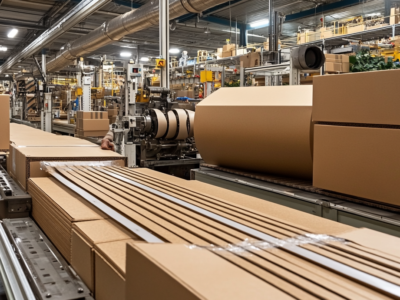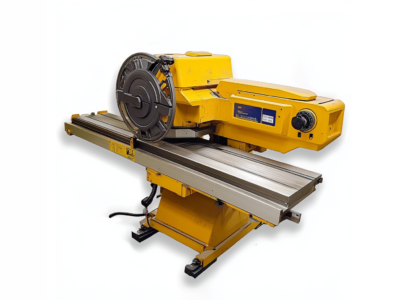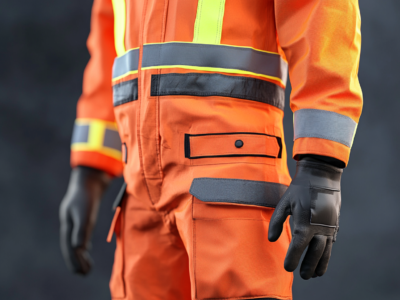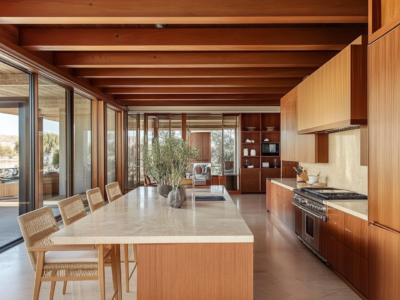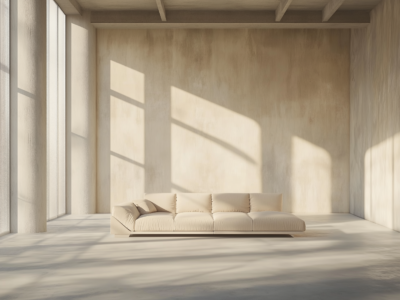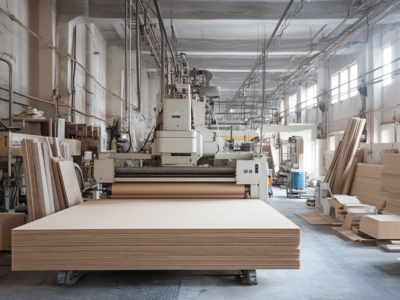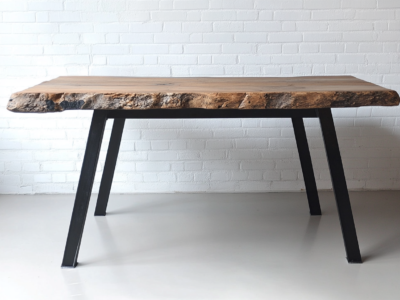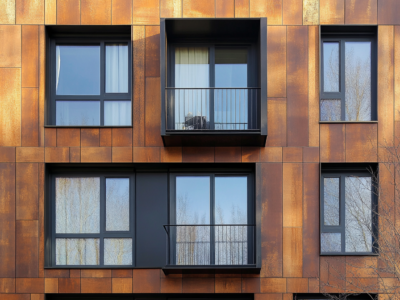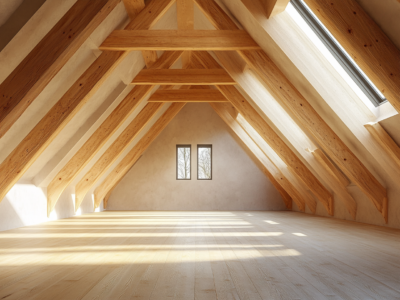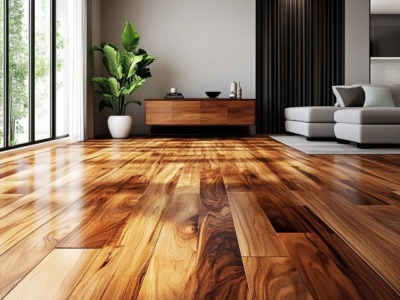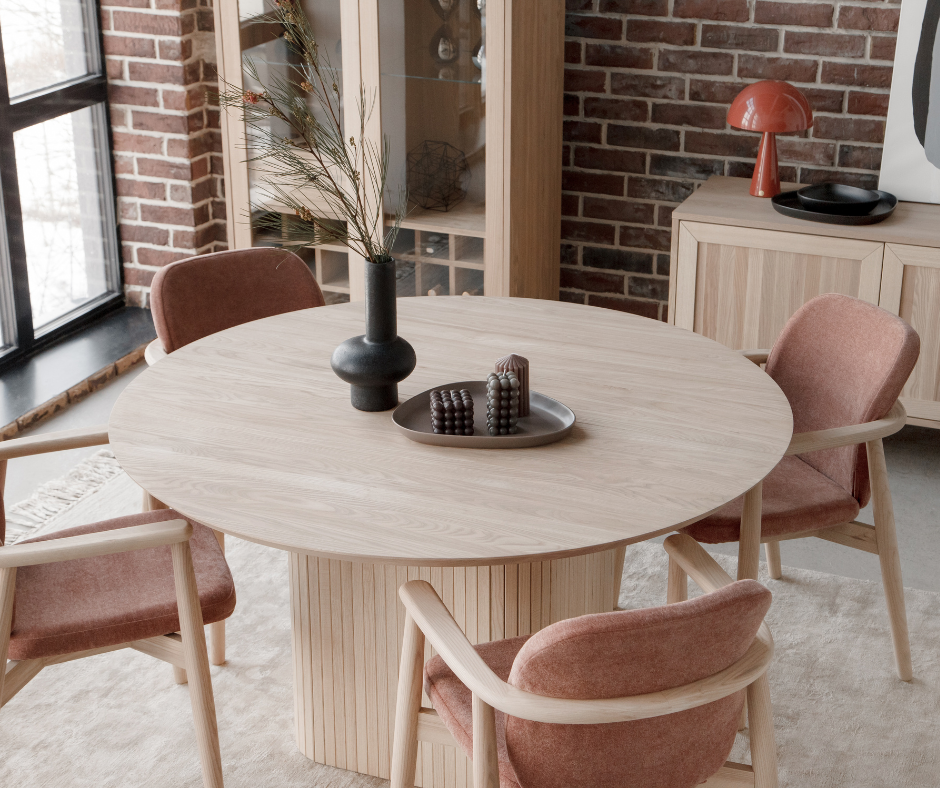Furniture and wood products remain one of the Baltic region’s strongest industrial stories. Lithuania, Latvia, and Estonia together ship billions of euros’ worth annually, carving out a visible place in European markets. But how big is the boom really? Let’s dig into the numbers from 2024.
Lithuania: Regional Leader
Lithuania is often described as the Baltic export champion in furniture. In reality, the country’s 2024 furniture exports were around €2.2–2.3 billion. That’s about 5–7% of Lithuania’s total goods exports.
What’s more, growth actually slipped in 2024. According to Statistics Lithuania, the first half of the year saw a 5% decline compared to 2023. Still, Lithuania remains a heavyweight in the region, ranking within Europe’s second tier of furniture exporters. Main buyers: Germany (12%), Sweden (11%), and the UK (11%).
Latvia: Wood at the Core
Latvia’s industrial exports are dominated by wood. In 2024, wood and wood products accounted for about €3 billion, or 16% of total exports. This is larger than the €2.4 billion figure sometimes cited.
The top destinations tell their own story:
- United Kingdom – 22.5%
- Sweden – 12.3%
- Denmark – 7.3%
Contrary to some narratives, Germany is not the biggest market here. Latvia’s success is built on certified sustainable forestry, branding, and supplying Nordic and UK buyers with eco-friendly timber products.
Estonia: Smaller but Nimble
Estonia’s wood and furniture industry is smaller than its Baltic neighbors, but still significant. In 2024, combined wood and furniture exports were roughly €3.1 billion, or 16% of total exports. Estonian firms excel in niches: office furniture, modular systems, and innovative office “pods.” One standout example is Silen, whose soundproof work pods are exported to over 60 countries. Top markets: Finland, Sweden, and Germany.
What Fuels the Baltic Advantage?
- Labor costs: Baltic wages are still substantially lower than in the Nordics — often 30–40% less.
- Forests: Latvia and Estonia are about 50% forested, while Lithuania has closer to 33% forest cover, still giving the region a strong timber base.
- Proximity: Germany, the UK, and Scandinavia — Europe’s largest furniture importers — are just across the Baltic Sea.
Outlook: Slower Growth, Smarter Growth
The boom is maturing. With weaker Western European demand and a stronger euro, growth in 2025 is expected to slow to under 2%. This makes specialization and branding more important than ever. Sustainable timber, modular furniture, and smart office solutions are the niches where Baltic firms are already gaining ground. The message is clear: while volume growth may ease, the Baltics can remain leaders in value-added, sustainable, and design-driven furniture.

